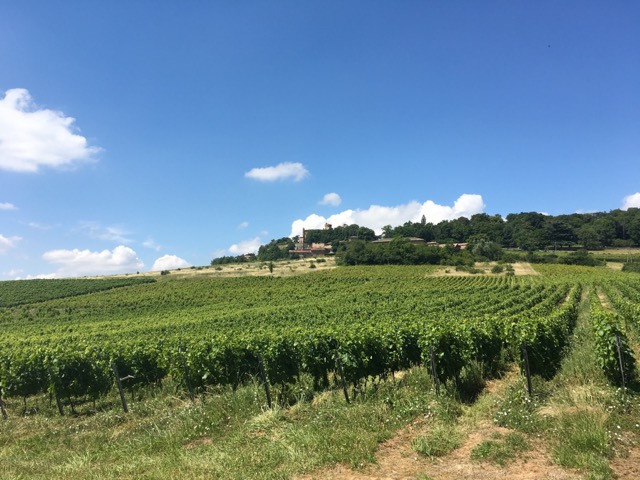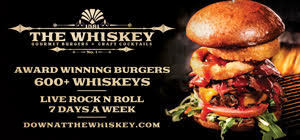
This is the second in a series of columns by wine expert Brittney Coutts.
What is Terroir? It’s a simple yet so complex and so controversial idea. To understand the basics of it, you have to think all the way back to freshman year Biology class, and try to remember learning about Phenotype and Genotype.
The genotype is the genetic characteristics that the plant or animal carries from its parents responsible for one particular trait. Phenotype is all of the other observable characteristics, which are affected by both environment and those genetic characteristics.
According to Webster, the exact definition of terroir (pronounced Ter-Waar) is the completely natural environment in which a particular wine is produced, including factors such as the soil, topography, and climate. The characteristic taste and flavor imparted to a wine by the environment in which it is produced. So again, affecting the phenotype of the plant. Honestly, this is where it gets controversial. Why? Well, many wine scholars believe this theory of terroir to be true, but as much as they want to shun the non-believers, they make some pretty solid arguments.
Before we get into their arguments let’s breakdown what Terroir is as a whole. Terroir is four main components that interact with each other to create a sense of place.
First it’s the climate. The weather determines how concentrated the fruit is based off of temperature, how close the vine is to the sun, if the vineyard site faces a certain direction, rainfall, the amount, and hail; basically any of the climatic experience the plant encounters.
Then there is topography: Is the vineyard site on an incline? When it rains does water drain? How does the wind blow and how hard?
Then you have soil, which singlehandedly might be the most important part. You have marl in Burgundy, you have schist soil in Priorat, and slate in the Mosel.
Finally, you have surrounding plants, this is something that you most definitely find in many places, but I will use Australia as my example. Often in Australian wines you find vines being planted near eucalyptus where they are exposed to the oils of the eucalyptus trees, therefore you taste eucalyptus in the wine because of actual exposure.
Now back to those solid arguments from the “counter-terroirists” as they are often referred to. One argument is that a sense of place is dictated by the fruit itself, not the soil or climate, which is why most terroir counter arguments are hatched by producers who blend wine using their “best fruit” from that year. There is also another pretty interesting argument that the “terroir” we taste is because of ambient or wild yeast from said place. I know in this industry for a fact not all producers use wild yeast, many producers will take the opportunity to utilize commercial yeast to aid in fermentation.
So regardless of whether there is wild yeast starting a spontaneous fermentation in Burgundy, or sandy loamy soils in the Russian River Valley, I think it’s safe to assume that Terroir is just like any other topic. We can continue to argue until we are blue in the face and we may or may not ever agree, but it’s fun to talk about.
Hakuna Mataro, My Friends.










